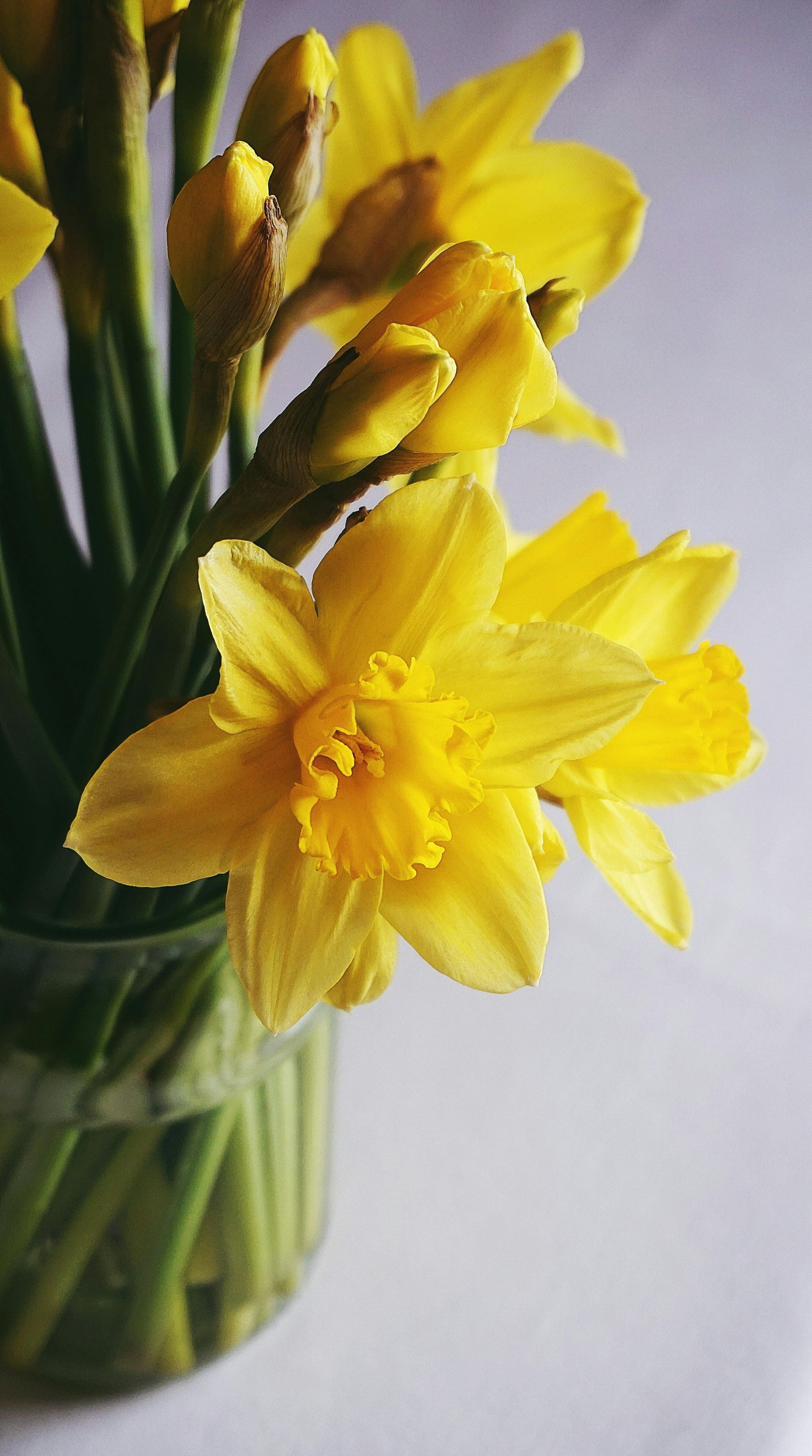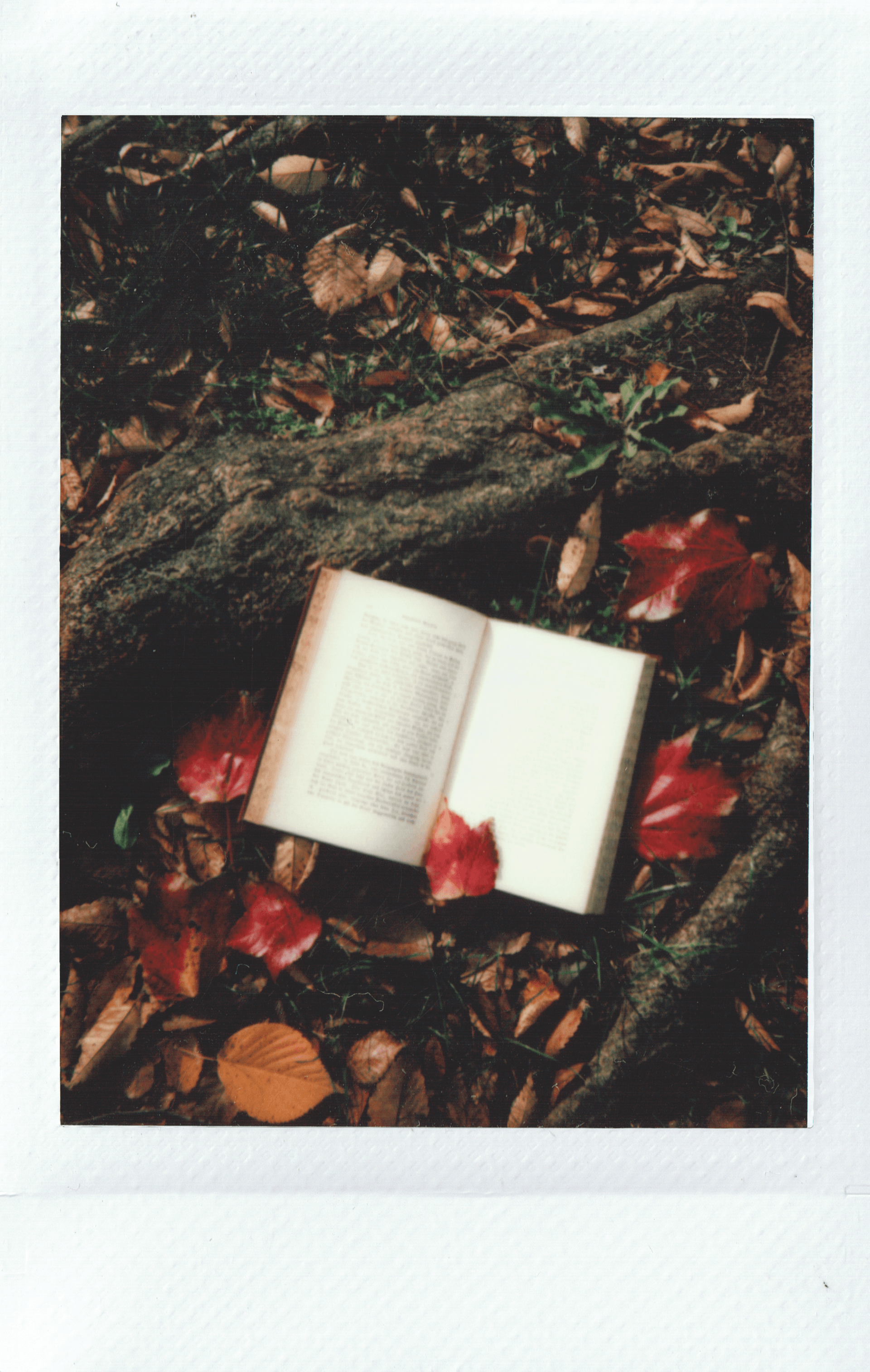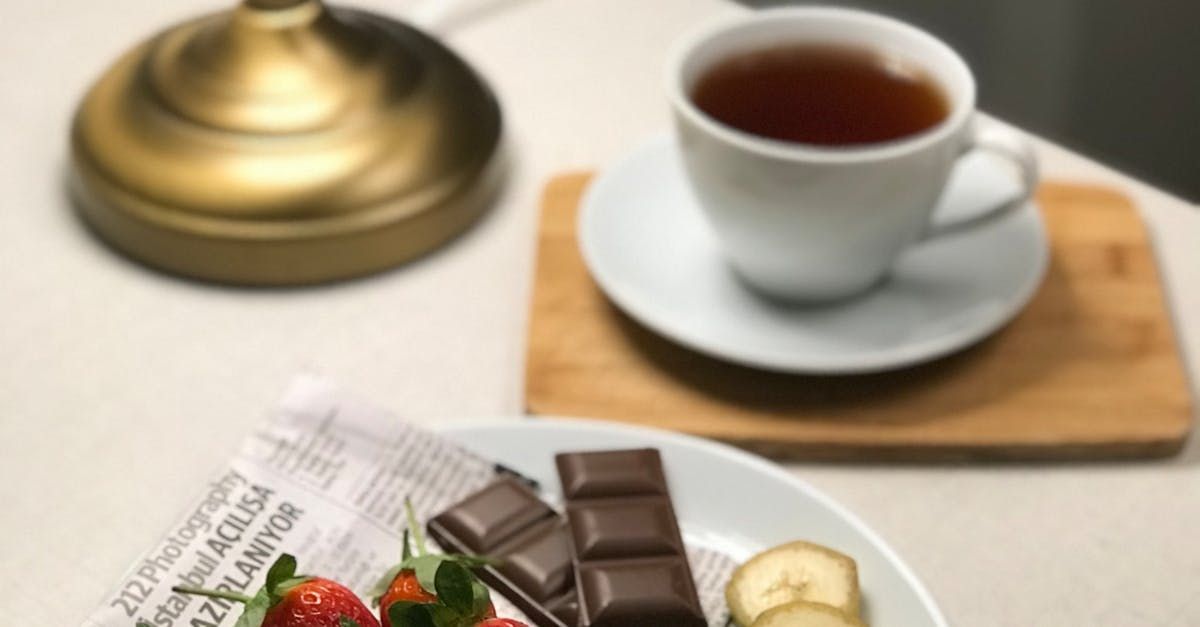Why breath work works
Breath is life and the foundation of meditation.
Why perhaps breath as this foundation is the best stress-busting technique you can bring into your daily routine

"Breathe with me, release the pressure". Those famous lyrics from the Prodigy possibly sum up the value of breath work quicker than anything I can write, but for those of you curious about the power of breath, here's a bt of the science and a few techniques really helpful for finding calm in your busy schedule.
Although as the quote says - "breath is life" (It is literally - as it is the one constant from the moment we are born to the moment we die) - breath isn't something we should just take for granted.
Almost every meditation and mindfulness technique using breath as the foundation - as there is a fundamental link between how we breathe and our bodies ability to regulate stress and enter a relaxation state. Every day our bodies ebb and flow in an out of stress and relaxation - it's completely natural and called the autonomic nervous system. Understanding this and how breath impacts our mood and state - helps us invite our body to be more relaxed even when thoughts or situations are triggering us to be on high alert or stress.
When stressed, our prefrontal cortex (i.e. the thinking part of our brain and the part connected to problem solving and logical conscious thought) shuts down so our body can focus energy on essential survival without overthinking - i.e. running away or fighting. But our body has not yet evolved to differentiate between a stressful situation that we need to flee from to one we need to think about and respond to more calmly. Changing our breathing helps to put our thinking brain back in control and shut down the 'monkey' mind that wants to react - often aggressively and definitely without thought.
These breathing techniques are proven to help decrease stress and help you reclaim feelings of control.
As with all meditation techniques, stop if you experience discomfort and breathe normally and if you have medical conditions or mental health challenges - do seek the support of a professional meditation coach (like me) who can guide you through the techniques safely.
- Steady your breathing to five and a half breaths a minute. Get a minute timer, and pause now and count how many breaths you take in and out in one minute. A breath is counted as a complete inhalation and exhalation (including any hold). Try to avoid holding, judging and just notice your breath in one minute. How many did you count? Under 5, this may be not needed right now and just enjoy the rhythm of your breath in this moment, for another minute. Over 6 - maybe even 10 or 20 - let's reduce it to 5 and a half breaths a minute with this technique. Breathe in for a count of one, two, three, four and exhale for one, two three, four (repeat twice) Breathe in for a count of five: one, two, three, four five and exhale for one, two, three, four, five (repeat twice) Breathe in for a count of six: one, two, three, four, five, six and exhale for a count of six (just once) How do you feel now?
- Straighten as you breathe. Interlock your hands and place them on your head and reach your head up towards your hands, thus straightening your spine. Feel a tiny pressure of your hands upon your head pushng down and of your head upon your hands pushing up. You can even do this standing up, if you like. Now take three slow and steady breaths. Trying to breathe in through your nose and out through your mouth.
- Breathe in a square. Square (or box breath) invites you to breathe in a rhythm exploring an equal breath in and out and hold inbetween each. Some people like to visualise moving around a square as they complete the technique to know when to breathe and when to hold. Try with a count of four and repeating this nine or so times. You can increase up to five, six, seven - explore what feels comfortable and what happens as you repeat the exercise. For example - Breathe in for a count of four, hold for a count of four, exhale for a count of four and hold for a count of four - and again.
- Try somatic breathing. This breath technique explores a long breath hold after a period of 're-oxygenation', actively inhaling in a fairly fast rhythmn for 5 to 10 minutes, Gently build up to hold your breath for longer and longer so you can safely hold your breath for more than 30seconds in time. Start with breath hold of about 30 seconds and overtime gradually increase it a few seconds at a time. Some people find this deeply relaxing. A great way to start is with a 4-4 whythmn - breathe coherently (i.e. no pause between your in and out breath and with a steady stream of air flowing in and out) - breathing in for one, two, three, four and then exhaling for one, two three, four and repeat for at least five minutes. It can help to have a rhytmnic piece of music on to guide you. After five minutes take a long breath in and then exhale as much as you can. Then hold the air that is left for as long as you can - can you manage 30 second. The secret here is to hold just beyond the point it gets uncomfortable before you breathe again. Fans of this technique say it really helps with clarity and focus.
- Belly breathing. Some people find this really helps them get ready for sleep - others that it just brings a nice moment of calm that they can use to then feel more focused. It gets you to a point of balance of relaxation whre you can choose to head towards sleep or choose to head towards doing. Notice your breath and where your inhalation moves in your body and where your exhalation comes from. Place a hand on your belly. Now try to move that hand as you breathe - breathing in and feeling your hand (and belly) rise as your lungs and diaphragm fill with air and feeling your hand (and belly) fall towards your spine as you exhale.
- Alternate nostril breathing. This helps to regulate both hemisphere's of the brain - really good if you've just been engrossed in some problem solving or creative work and the other side of the brain has been a bit 'switched off' for a while. Block one nostril gently with a finger and inhale through the other, close the nostril you have just inhaled with and exhale through the other. Now inhale (same nostril) and then block that nostril and inhale through the other. Repeat for a minute or three - longer if you can. You can also try to do this without actually blocking your nose.
- Count ten breaths. You remember the old saying, when something upsets you, count to ten before you respond - so you don't react? How many of us have heard this but count really fast and then wonder why nothing feels different. Count to ten, with your breath and make each breath, slow and steady, trying each time to make the breath in and breath out slightly longer than the one before. You should feel significantly different if you apply this slowing down technique.
- Sigh. This sounds strange and obviously there are certain times when it is inappropraite to sigh as you breathe as people may hear it as a comment or reaction. On your own, in a quiet space take a deep breath in through your nose and exhale through your mouth with an audible sigh. As you inhale feel how your lungs expand and as you exhale, feel how the sigh is moving beyond your lungs into your muscles and sending relaxation signals into your body, from your face, down into your shoulders. A steady breath AND a sigh send two signals to your brain to trigger your relaxation response - doubling the rate your stress levels reduce.
- Hum. Breathe in and hum with your mouth closed as you exhale - like the sound a bee makes. You can even gently put your fingers on the soft part of your ear to 'block' the sound via your ears and really connect to the sound. While you might feel a little daft at first, this 'bumble-bee breath' can really give your mind the feeling that the humming is pushing away all worries and thoughts, leaving you focused simply on the present moment.
Explore more on breath with our next events and online sessions or get in touch to explore a breathwork session for your business or one-to-one.
Photo shows: Girl in a red dress, underwater, blowing bubbles of air as she floats up to the surface to breathe. Image by Engin Akyurt from Pixabay









